Top 3 Foods to Prevent Leg Cramps in Seniors: Strengthen Your Legs Naturally!

Have you ever been jolted awake in the middle of the night by a sudden, sharp leg cramp? Or struggled through the day with muscle tightness that makes even simple tasks—like standing up or walking across the room—feel uncomfortable? If so, you're far from alone. Leg cramps are incredibly common among seniors, and although they’re not usually dangerous, they can be painful, disruptive, and frustrating.
The good news is that the foods you eat can play a powerful role in reducing muscle cramps, boosting circulation, and improving overall muscle performance. By choosing the right nutrient-rich foods, you can strengthen your legs, support healthy nerve function, and stop cramps before they even start.
In this post, we’ll explore three superfoods that every senior should consider adding to their diet. These foods are easy to find, simple to prepare, and packed with essential nutrients that help you stay active and cramp-free.
Let’s dive in!
➡️ 3. Eggs: The Muscle-Repair Powerhouse
Eggs are often called nature’s multivitamin—and with good reason. They’re rich in high-quality protein, healthy fats, and essential vitamins that directly support muscle strength and function. For seniors, eggs offer a convenient and effective way to reduce cramps and maintain muscle health.
Protein for Muscle Repair and Fatigue Prevention
One of the leading causes of leg cramps is muscle fatigue. When your muscles don’t receive enough protein or become overworked, they’re more likely to spasm. Since protein is the building block of muscle tissue, getting enough of it is essential—especially as you age.
As we grow older, we naturally lose muscle mass, a condition known as sarcopenia. This makes muscles weaker and more prone to cramping. Eggs, however, are a complete protein source, meaning they contain all nine essential amino acids needed for muscle repair.
A single large egg contains roughly 6 grams of protein, helping rebuild muscle fibers, improve endurance, and reduce fatigue that leads to nighttime cramps. Eating eggs several times a week can provide steady, sustained support for your muscles.
Vitamin D for Stronger Muscles and Bones
Vitamin D helps your body absorb calcium, supports muscle contraction, and maintains bone strength. Seniors who don’t get enough vitamin D often experience more frequent or intense leg cramps, along with general muscle weakness.
Egg yolks naturally contain vitamin D, making them an important dietary source—especially for older adults who spend less time in the sun. While eggs alone may not meet the full recommended daily intake (800–1,000 IU), they’re a valuable addition when combined with:
-
fortified milk or yogurt
-
salmon, sardines, or mackerel
-
vitamin D supplements (if recommended by a doctor)
This combination helps keep muscles flexible, strong, and less prone to painful spasms.
Vitamin B12 for Healthy Nerve Function
Vitamin B12 plays a key role in how nerves communicate with muscles. Low B12 levels can cause tingling, numbness, and muscle spasms—all of which increase cramp frequency. Unfortunately, many seniors have B12 deficiencies due to reduced stomach acid or certain medications.
Eggs provide a gentle, easily digestible source of B12, along with choline, another nutrient that supports nerve insulation and communication. Together, these nutrients help ensure smooth muscle contraction and relaxation.
How Many Eggs Should Seniors Eat?
For most older adults, 6–7 eggs per week is considered safe and beneficial. If you have high cholesterol or heart concerns, check with your doctor first. But for healthy seniors, eggs are an affordable, versatile food that supports muscle, nerve, and overall health.
➡️ 2. Bananas: The Potassium Powerhouse
Bananas are one of the best-known foods for preventing muscle cramps. Not only are they delicious and easy to eat, but they also contain essential nutrients that directly support muscle and nerve function.
Potassium for Smooth Muscle Contraction
Potassium is an electrolyte that helps your muscles contract and relax. When potassium levels drop too low—a condition called hypokalemia—muscle cells become more excitable and prone to cramping.
A medium banana contains about 420 mg of potassium, or roughly 12% of the recommended daily intake. This one simple fruit helps regulate nerve signals, prevent spasms, and maintain proper fluid balance—one of the most overlooked causes of cramps.
Magnesium for Muscle Relaxation
Bananas also supply magnesium, a mineral that works closely with potassium to prevent cramps. Magnesium reduces muscle tightness, improves recovery, and helps regulate calcium—a key factor in muscle contraction.
Since many seniors don’t get enough magnesium, bananas are an easy way to increase intake without supplements.
Vitamin B6 for Nerve Health
Bananas provide nearly 30% of the daily required vitamin B6, a nutrient that helps:
-
regulate neurotransmitters
-
reduce inflammation
-
improve muscle recovery
-
maintain healthy nerve cells
Research links low B6 levels to higher cramp frequency in older adults.
How Many Bananas Should Seniors Eat?
Most seniors benefit from one banana per day. Those with frequent cramps may eat two, but people with diabetes should pair bananas with protein or fiber to avoid blood sugar spikes.
➡️ 1. Nuts & Seeds: The Magnesium + Potassium Boost
Nuts and seeds are underrated superfoods when it comes to preventing muscle cramps. Small but mighty, they deliver a concentrated dose of minerals, healthy fats, antioxidants, and protein.
Rich in Magnesium and Potassium
Many seniors fall short on magnesium—one of the most common nutritional deficiencies linked to cramping.
-
Pumpkin seeds: 168 mg magnesium per ounce
-
Almonds: 77 mg
-
Pistachios: 290 mg potassium
These minerals support electrical signaling in muscles, prevent spasms, and help maintain electrolyte balance—critical for recovery after walking, exercising, or even standing for long periods.
Healthy Fats for Better Circulation
Poor circulation is another major cause of nighttime leg cramps. Nuts and seeds contain healthy fats that improve blood flow and deliver oxygen and nutrients to muscles.
-
Walnuts & flaxseed: rich in omega-3 anti-inflammatories
-
Almonds & cashews: high in monounsaturated fats
Better circulation = fewer painful cramps, especially at night.
Anti-Inflammatory and Antioxidant Benefits
Chronic inflammation stresses muscle tissue and increases soreness. Nuts and seeds contain antioxidants that help repair muscle damage, support joint health, and reduce overall inflammation.
How Much Should Seniors Eat?
A small handful (about 1 ounce) per day is enough—approximately:
-
20 almonds
-
2 tablespoons of seeds
-
15 pistachios
Sprinkle seeds over oatmeal, yogurt, or smoothies, or enjoy a handful of nuts as a snack to help prevent nighttime cramps.
Final Thoughts
Adding eggs, bananas, and nuts & seeds to your weekly diet can significantly reduce the frequency and intensity of leg cramps. These superfoods supply essential nutrients—including protein, potassium, magnesium, vitamin D, and B12—that support strong muscles, healthy nerves, and better circulation.
For best results, combine these foods with:
-
plenty of water
-
regular stretching
-
moderate physical activity
-
balanced electrolytes
-
proper sleep
Your muscles will feel stronger, more relaxed, and better equipped to support your daily activities.
If you found this information helpful, feel free to share it with someone who might benefit. Stay active, stay nourished, and enjoy a cramp-free life!
News in the same category

7 tips to eliminate dangerous blood fat

A Single 4g Dose Can Help Clear Heavy Metals, Reduce Microplastics, and Support Brain Cleansing (Not for Daily Use)

The #1 Simple Way to Stop Dementia Before It Starts

4 Powerful Vitamins You Need for Better Circulation – Prevent Blood Clots in Your Legs Now!

7 Ways to Instantly Stimulate Your Vagus Nerve to Reduce Inflammation, Depression, and Migraines
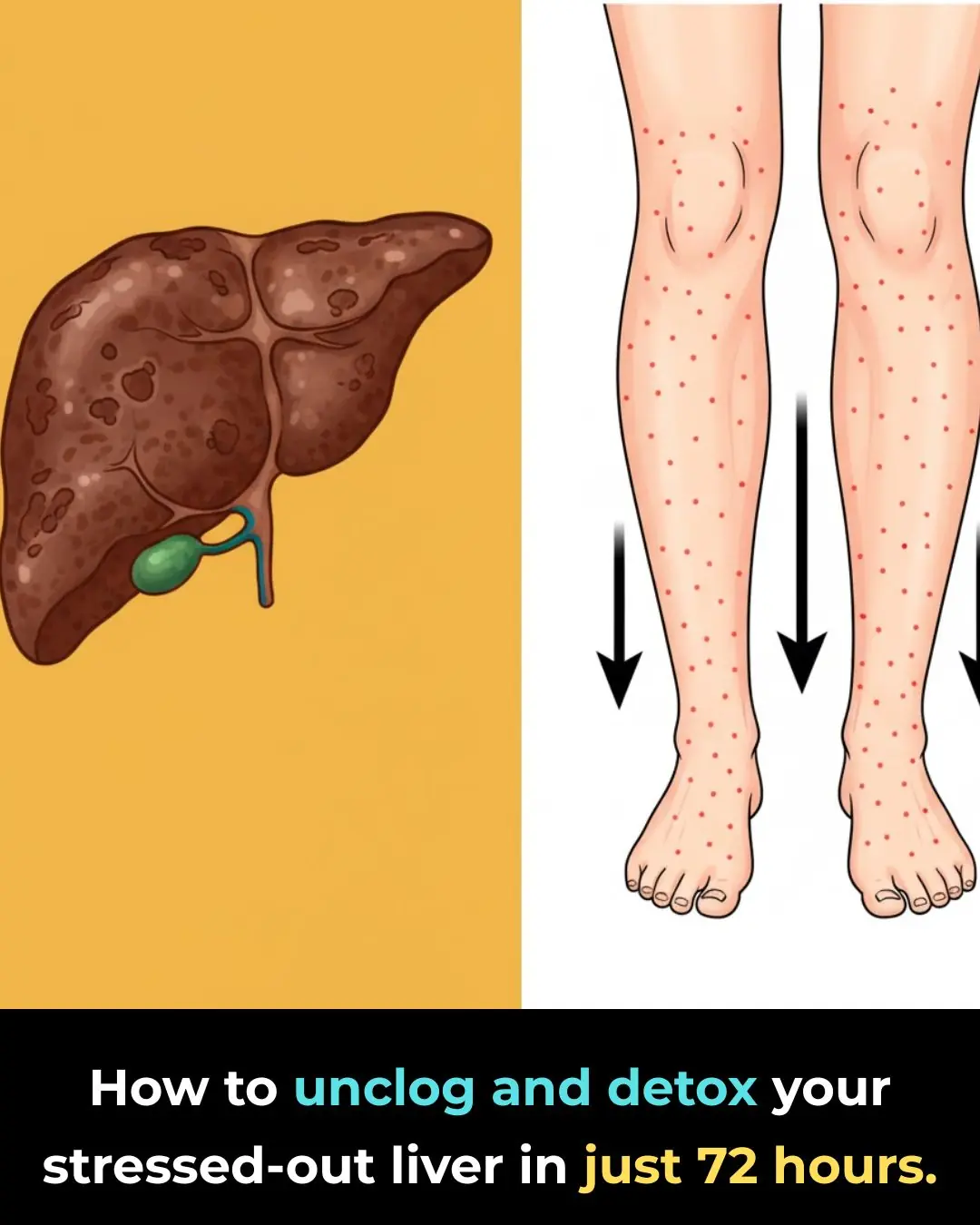
How To Unclog And Detox Your Stressed-Out Liver In Just 72 Hours
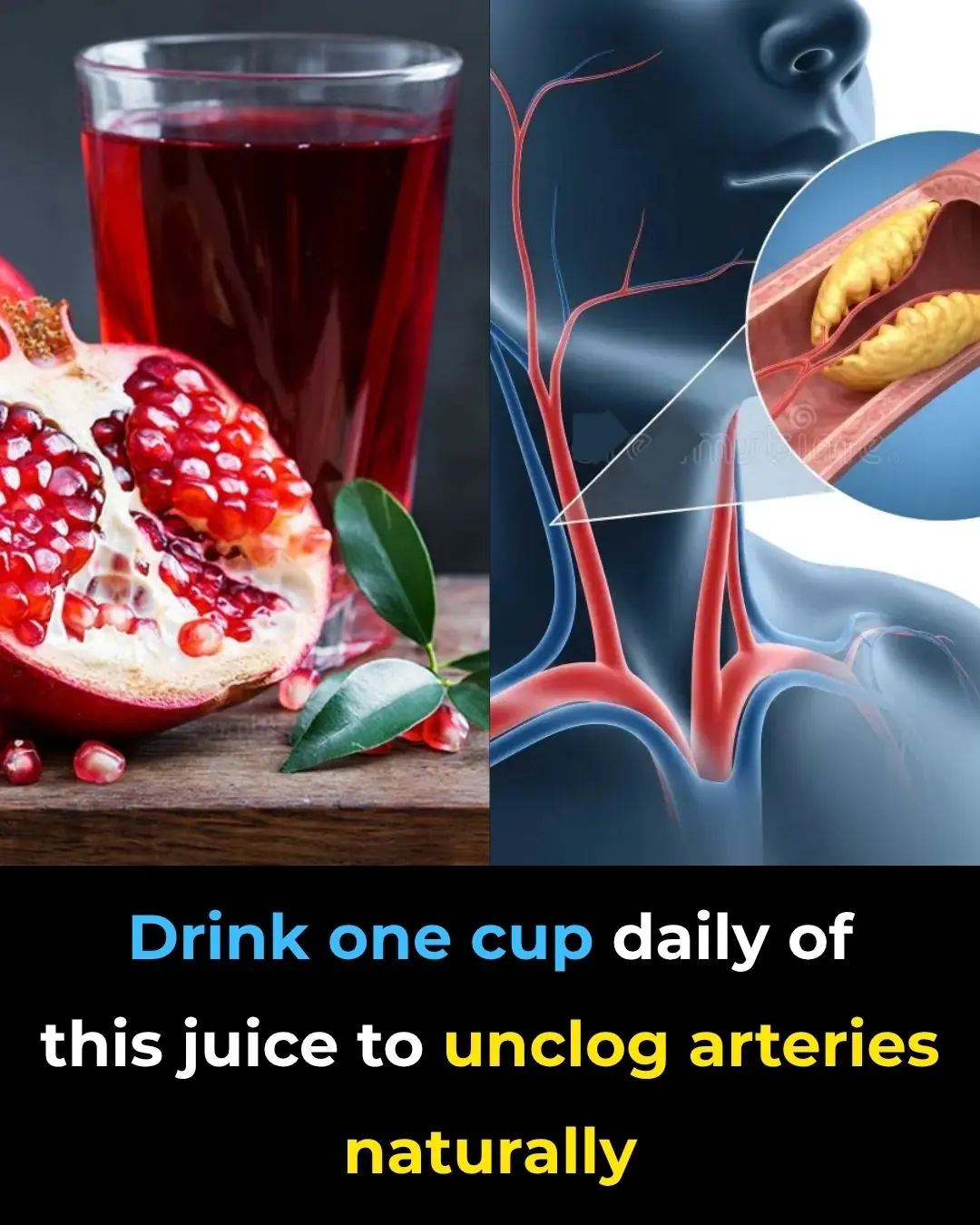
Drink one cup daily of this juice to UNCLOG arteries?
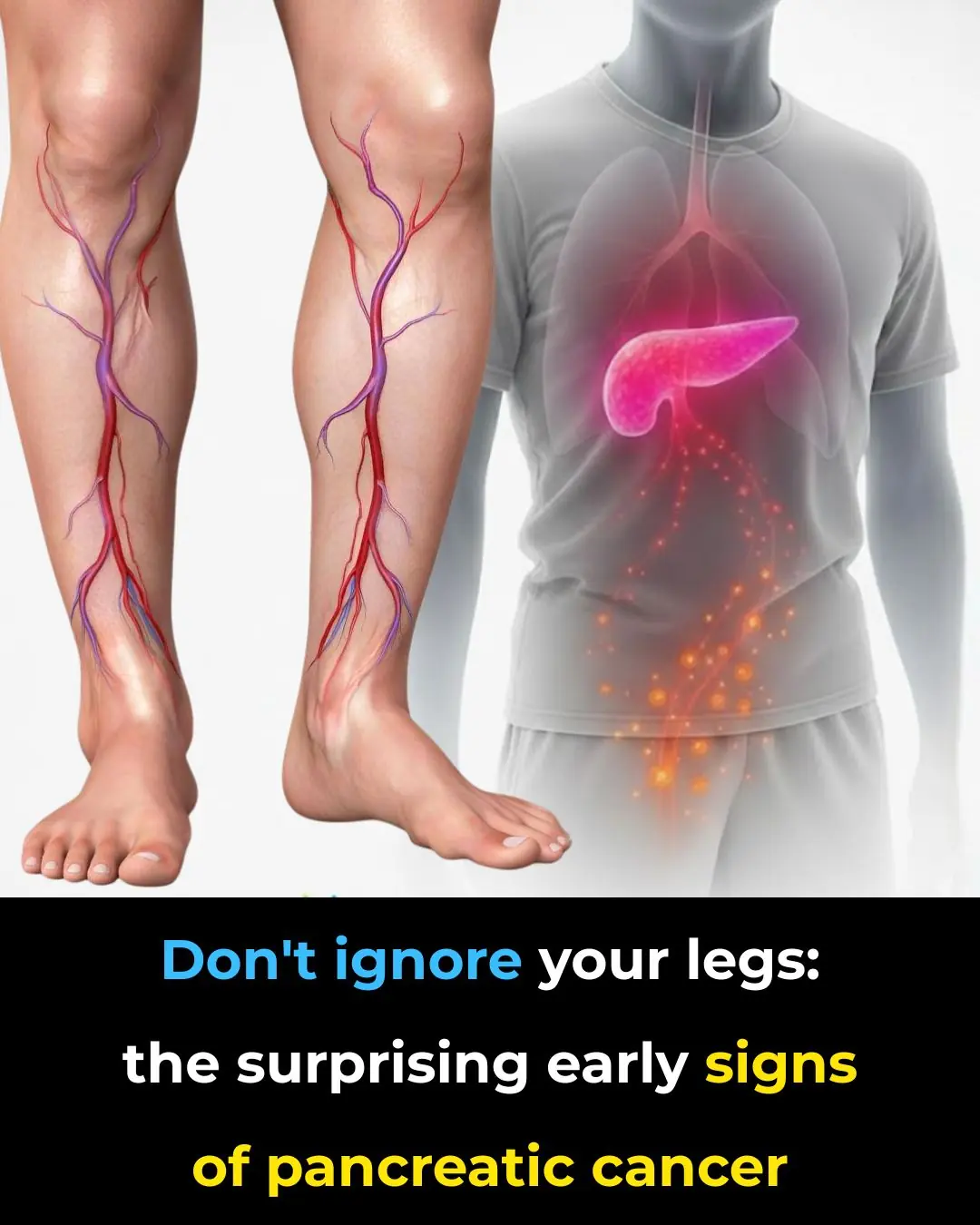
Don’t ignore your legs: the surprising early signs of pancreatic cancer

9 cancer warning signs your body is sending you (don’t ignore these!)

Texas reports 4× surge in whooping cough cases — health officials issue statewide alert

Throat problems may be warning you about hidden blood pressure issues, study finds
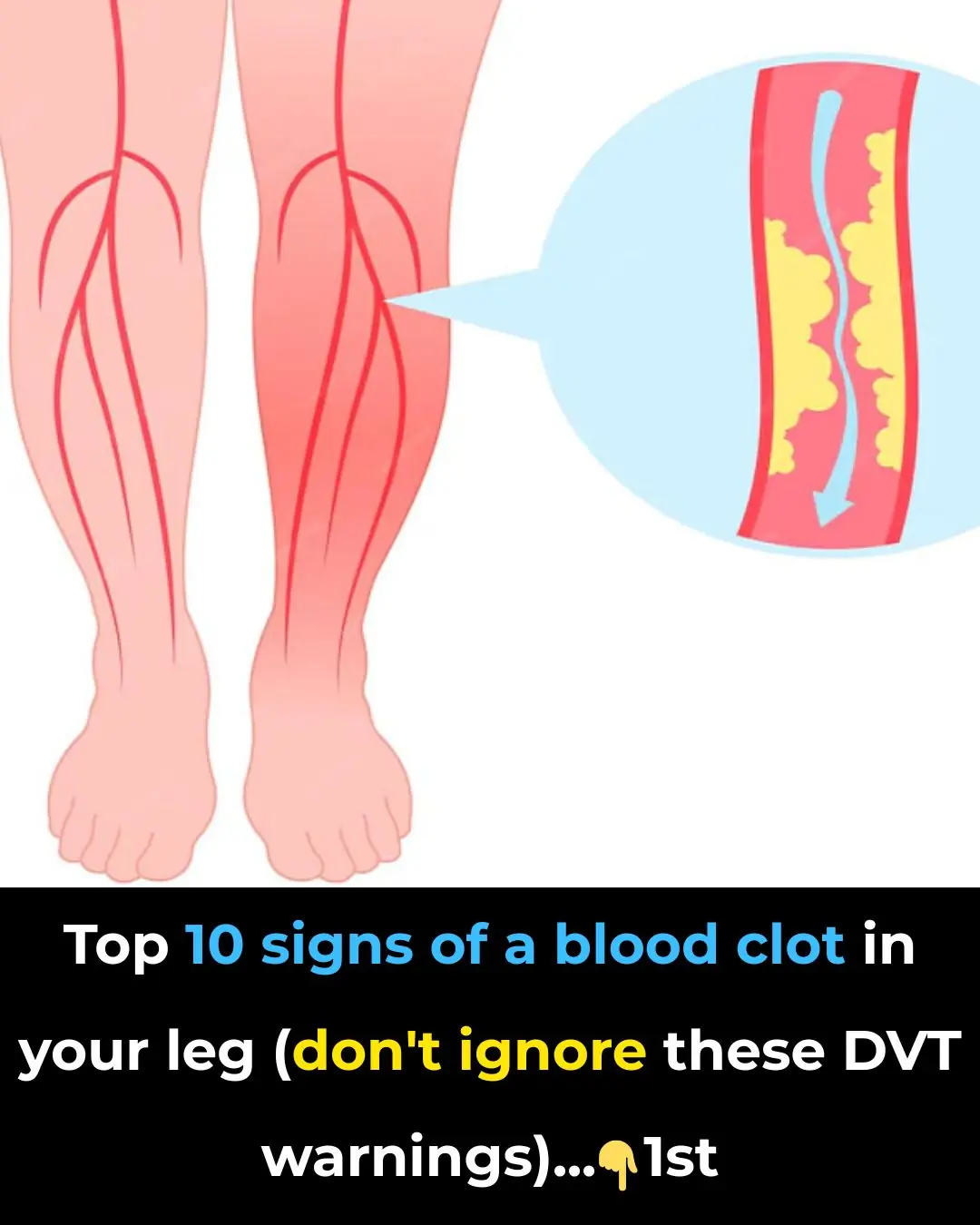
Top 10 signs of a BLOOD CLOT in your leg (prevent Deep Vein Thrombosis)

Say Goodbye to Parasites, Cholesterol, High Blood Pressure, and Poor Circulation With This 7-Day Homemade Drink
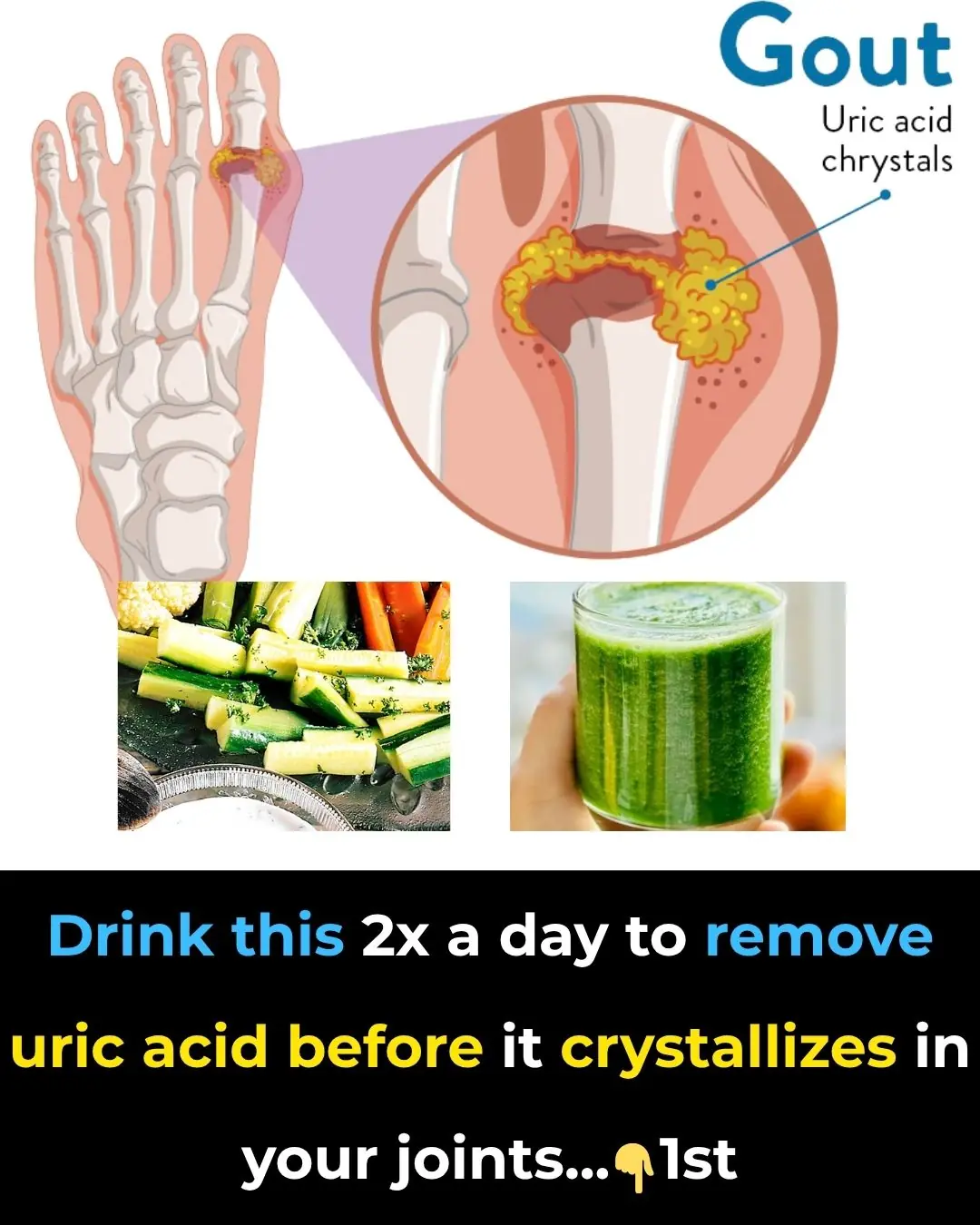
Drink This 2X a Day to Remove Uric Acid Before it Crystallizes in Your Joints and Becomes Painful

Lower blood sugar naturally by training just 2 leg muscles
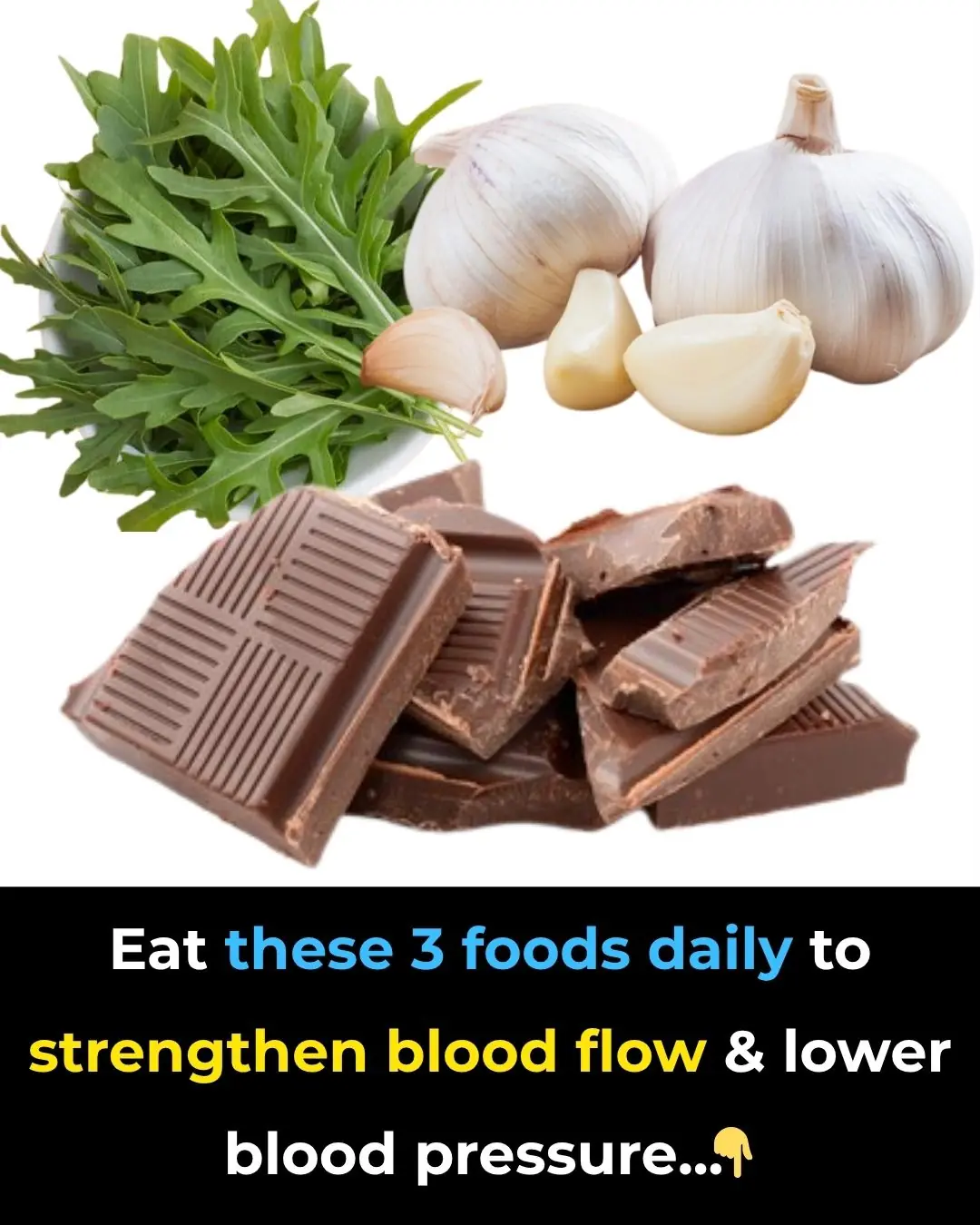
3 Food Combo to Strengthen Your Heart

What Your Belly Is Trying to Tell You
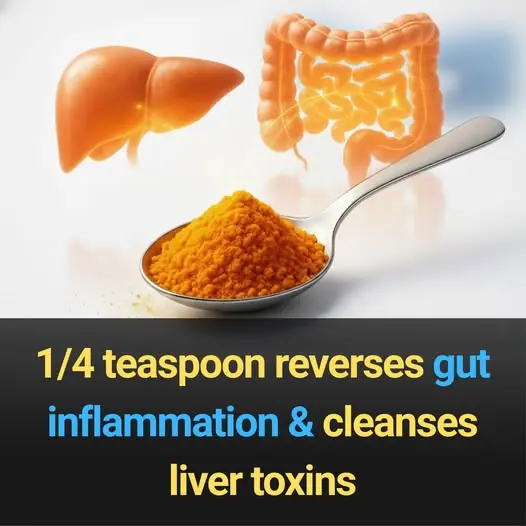
1/4 teaspoon reverses gut inflammation & cleanses liver toxins
News Post
Angus T. Jones, Who Played Jake Harper, Left The Show “Two And A Half Men” 9 Years Ago – This Is Him Today
When Nighttime Leg Cramps Become a Concern
Nadya Suleman, A Mom Of Octuplets Celebrates Their 15th Birthday
If You See A Bent Tree In The Forest, Start Looking Around Immediately
Scientists Discovered A Sinkhole 630 Feet Underground In China Known As “Heavenly Pits”
Why Drivers Over 70 Face New Rules Nobody Saw Coming

7 tips to eliminate dangerous blood fat

Richard Gere reveals what he misses most after ditching the US for Europe

HBCU Prospects and Atlanta Culture Took Center Stage at MLB All-Star Weekend

Comedian Jeff Dye joins Hollywood exodus, says Newsom ‘scares the s–t out of me’

Worried Pete Wicks’ surgery fears amid secret health condition he’s had for years 'It is getting quite bad'

Prince William and Kate Middleton ‘reserved and formal’ during engagement interview

Woman Develops Liver Cancer from Eating Peanut Butter on Bread, a Common Habit Many People Share

Complaints pour in during I’m A Celebrity 2025 launch as viewers demand a change

‘This Could be Why’: Tina Knowles Reveals the Real Reason She Quietly Went Back to Mathew After He Cheated— and Fans Think This Is Why Beyoncé Stayed with Jay

“I Made Sure Not To Wear All White” | Giants Player Darius Slayton Proposes To Track World Champion Girlfriend Anna Hall

Martin Lewis says 'demon appliance' is the worst in the house for soaring bills

MAFS UK's Keye confirms split with Davide and admits 'I made a terrible decision'
